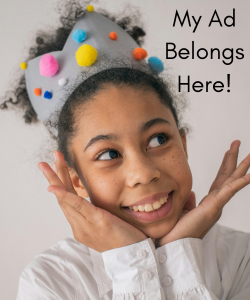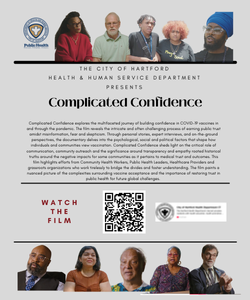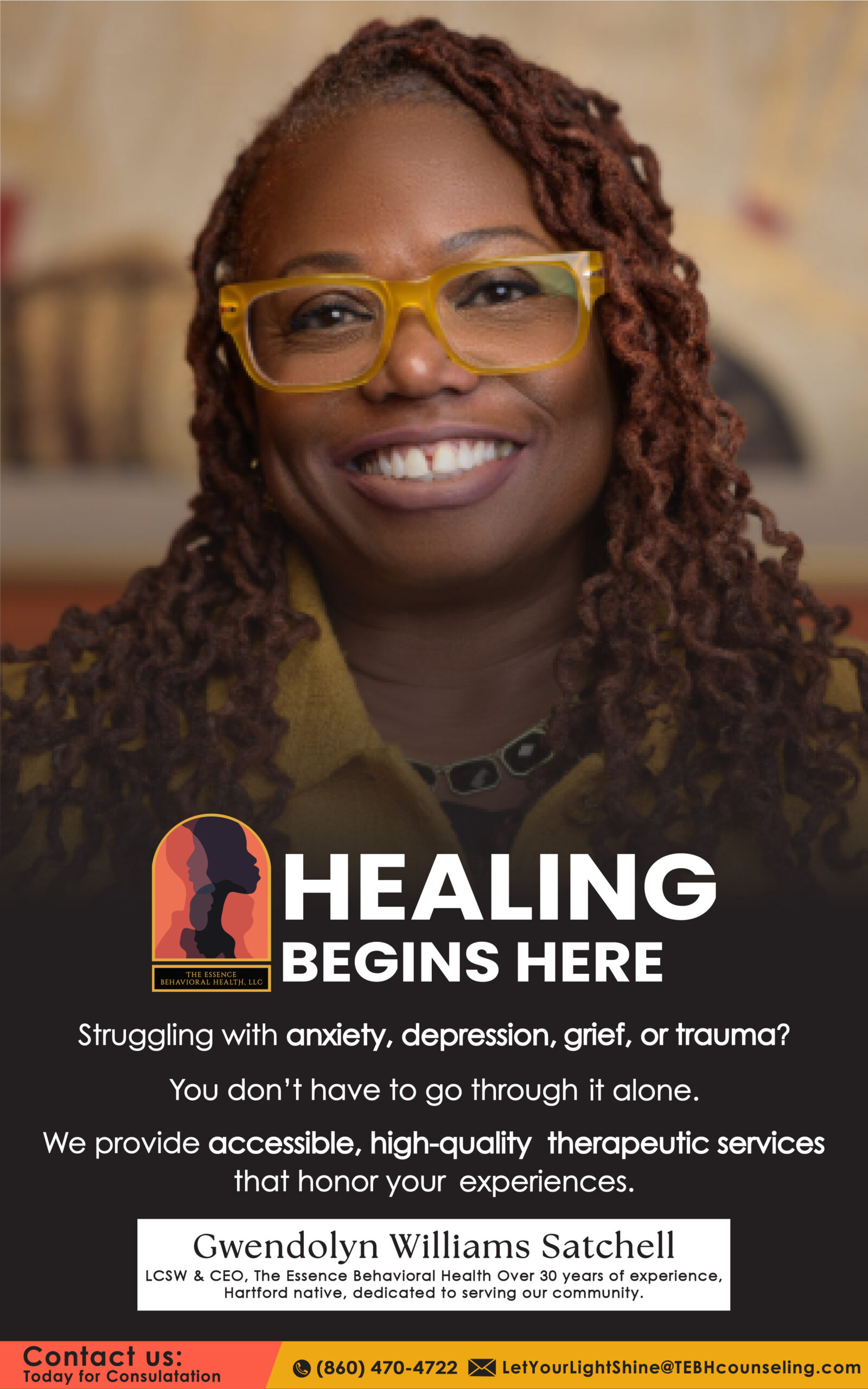By Quintessa Williams, Word In Black
After Health and Human Services Secretary Robert F. Kennedy Jr. stood before a crowd last week and called autism an “epidemic” and “disease” — a term the scientific community abandoned decades ago — experts and advocates nationwide called him out for stigmatizing people with autism and spreading falsehoods about the neurodevelopmental disorder.
Kennedy’s remarks came on the heels of a new report from the Centers for Disease Control and Prevention that shows an increase in autism diagnoses nationwide. Advocates like Maria Davis-Pierre, a Florida-based mental-health counselor and the founder/CEO of Autism in Black, worry Kennedy’s rhetoric will not only play out in classrooms — where Black students with autism are misunderstood, labeled, and put on the school-to-prison pipeline — but also promote the false idea that we’re experiencing an autism epidemic in the Black community.
“It’s not a true increase in prevalence,” Davis-Pierre tells Word In Black. “It’s the consequence of decades of system neglect. Now, thanks to advocacy and cultural awareness, the system is finally catching up.”
An Autism Epidemic or Long-Overdue Correction?
For decades, autism was considered a condition that disproportionately affected white children — not because it was truly less common among Black children, but because Black families faced a labyrinth of subjective assessments, cultural biases, and medical distrust that kept diagnoses out of reach.
Then, in 2020, something unprecedented happened: The Autism and Developmental Disabilities Monitoring Network at the CDC reported that Black 8-year-olds were being diagnosed with autism at higher rates than their white peers for the first time in recorded history. That year, 2.9% of Black 8-year-olds were diagnosed with autism, compared to 2.4% of white children. The CDC’s most recent data shows the gap has widened further: 3.7% of Black children compared to 2.7% of white children.
Still, Kennedy doubled down during his recent speech, claiming, “The epidemic is real.”
But experts say otherwise.
“This is not an epidemic,” Dr. Sara Swoboda, an expert with the American Academy of Pediatrics, told NPR. “This is just us doing a better job of identifying autistic children that have existed before. We have gotten so much better at recognizing and identifying autism in children. We’re doing it sooner and earlier.”
The Educational Cost of Delayed or Misdiagnosed Autism
When Black children are misdiagnosed — or not diagnosed at all — they’re less likely to receive classroom support or behavioral interventions tailored to autistic students. Instead, many are punished for behaviors that stem directly from the disorder. Research shows Black students with autism and other disabilities are only 2% of the public school population, but make up 9% of students suspended from school.
Davis-Pierre says one of the most persistent barriers to accurate diagnosis is adultification bias — the false perception that Black children are older and more threatening than they are. That bias, she says, warps how educators and clinicians assess behavior.
“They’re behaving as their developmental age,” she explains, “but educators are adultifying them. So when they act like children, they’re seen as a problem.”
Even when Black children are evaluated, assessments are often based on tools that fail to account for cultural nuances. A 2020 study in the National Library of Medicine found that widely used diagnostic instruments are less likely to identify autism in Black children. And when diagnoses do occur, they often come years too late: Black children are typically diagnosed at age 5.4, compared to the national average of 4.9 years, delaying critical interventions.
For Davis-Pierre, who wasn’t diagnosed with autism until she was 37, these delays, misread behaviors, and biases can combine to produce a devastating outcome.
“If a child’s needs are seen as behavior issues — not support needs — it becomes a fast track to the school-to-prison pipeline,” Davis-Pierre warns. “By the time some of these kids get an autism diagnosis, they’re already in the juvenile justice system. And by then, it’s too late. They’ve already been criminalized.”
Others, she says, quietly disengage. “If school isn’t supportive, you stop showing up,” she adds. “You drop out, or you refuse to go. That’s another form of academic pushout.”
Centering Black Autistic Voices
Kennedy’s “disease” framing may land differently in Black communities, where educational and medical distrust runs deep and disability stigma persists. His rhetoric implies that neurodivergence is something to be eradicated rather than understood. And just as culturally responsive practitioners are beginning to close the diagnostic gap, this kind of misinformation threatens to undo that progress.
“We’re still battling stigma,” Davis-Pierre says. “And now people like him are using their platforms to say that autistic people can’t contribute to society. That’s ableism — and it’s harmful.”
But she says fixing the system doesn’t start with assigning more labels — it begins with prioritizing Black autistic voices in and out of the classroom. She urges schools and healthcare providers to move beyond the gatekeeping model and embrace community-based pathways to diagnosis and support.
“We need to stop treating clinicians like gatekeepers,” she says. “The village can be part of the solution.”
And the need for that village is urgent, she says, especially as threats to cut the Department of Education and special education funding loom large under the current White House administration.
“Check your biases at the door,” she says. “Our kids’ communication and culture are different — but it’s not a deficit. We’re not going to solve this by avoiding the conversation about race, culture, and bias. That has to be the starting point.”
This editorial was originally published in Word In Black.
Photo by Polina ⠀: https://www.pexels.com/photo/white-and-green-scrabble-tiles-on-white-background-8709512/





